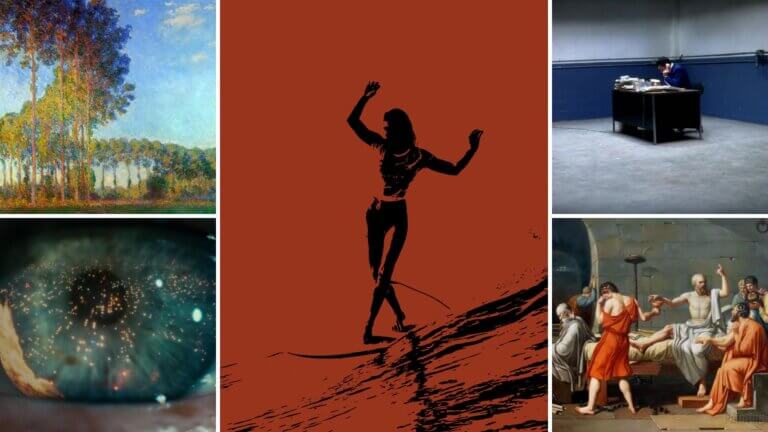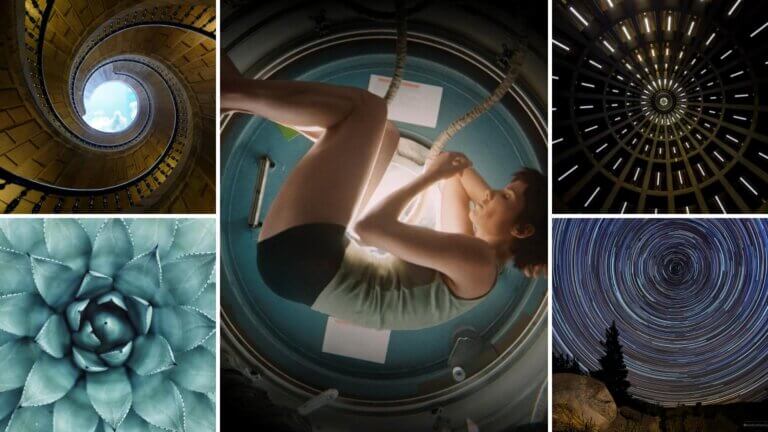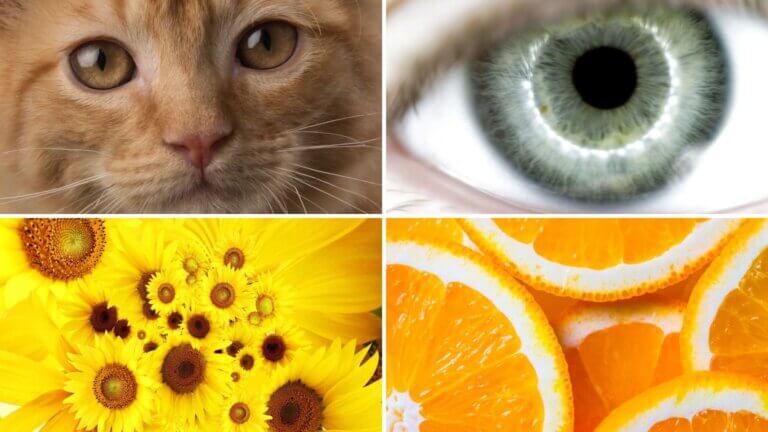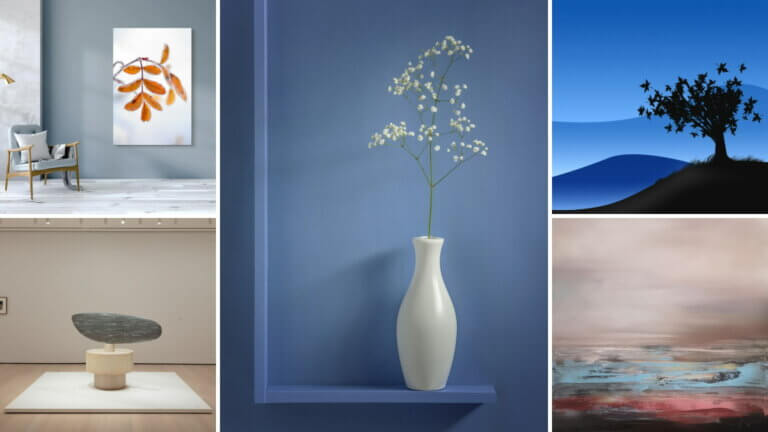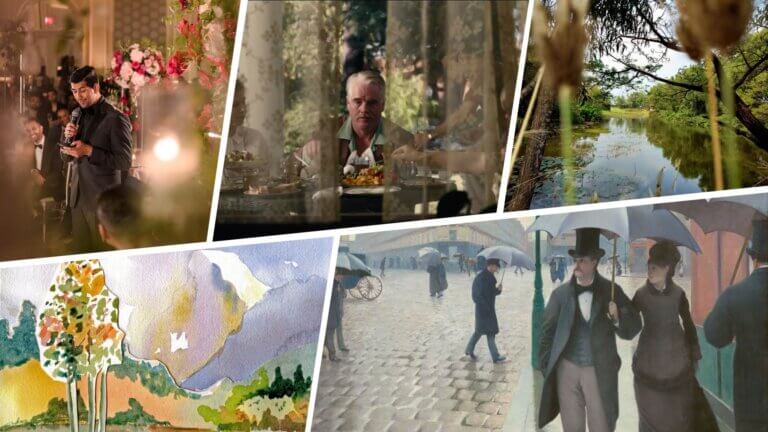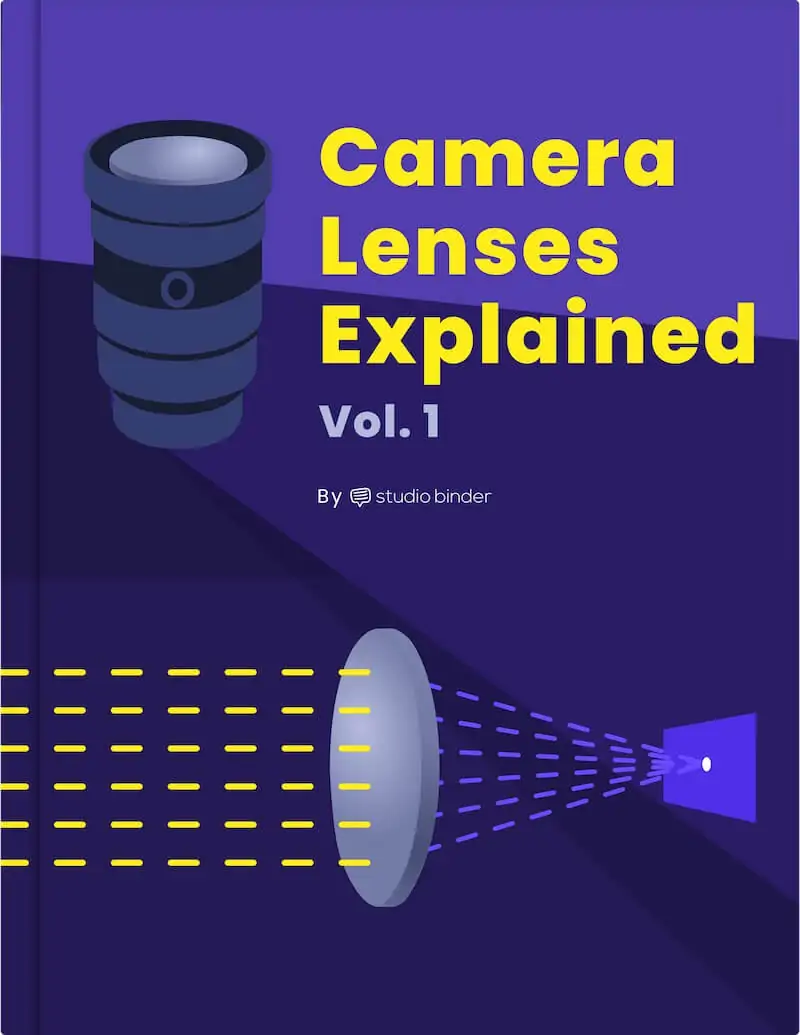Composition is all about how you arrange the elements within your work of art. These visual elements either fall under positive or negative space. What is positive and negative space and how do they work together to create a better competition? In this article, we’ll take a look at how the two work together through proportions and positioning. And how the choices you make in composing positive and negative space ultimately determine your composition. Continue reading What is Positive and Negative Space — And How They Work Together
Whether you are a painter, photographer, or filmmaker, composition is one of the foundational principles of any visual artwork. No matter what equipment you are using, composition and the principles of compositions are tools you always have at your disposal. So what is composition and why is it important to know? Understanding how to compose your frame or artwork will help you convey the emotion or story you want to your audience. Developing your eye for a great composition starts with learning the basic principles of it. So let’s dive in. Continue reading What is Composition — A Guide to Composition…
The shape of a circle is perhaps the shape that humans have been drawn to the most throughout history. It’s endless nature, often symbolic meaning, has been a useful subject in different forms of art. One of the best ways to create the circle in any form of art is through radial balance. Radial balance is a less known type of balance than symmetrical and asymmetrical balance, but its use can be found throughout history. Let’s take a look at radial balance throughout to learn more about its effects in composition. Continue reading What is Radial Balance in Art — Composition Techniques
How an image is composed is one of the most effective ways to visually communicate what is important to a viewer. Perhaps the most direct compositional technique at doing this is filling the frame. This simple technique can deeply change what an image means to a viewer when used with intention and creativity. In this article, we’ll take a look at the effects of filling the frame and how you can use the technique in your own work. Continue reading Fill the Frame Photography & Composition Techniques
Have you ever stood next to a work of art and felt small? Whether it was a sculpture, painting, or building, odds are whoever created it aimed to make you feel that way. And they achieved this through scale. Human beings have a natural awareness of size and space. Artists often use this awareness to elicit specific responses in the viewers of their work. What is scale in art and composition? In this article, we’ll take a look at how scale is used to achieve these responses. We’ll also analyze the difference between scale and proportion and how proportion in cinema…
Historical polymath Leonardo DaVinci once said, “Simplicity is the ultimate sophistication.” Simplicity, ironically, can be a complex philosophy to analyze. When it comes to art, simplicity is often subjective for both artists and those consuming the art work. What is simplicity in art and composition? How does its function change between artistic mediums? And why do so many great artists strive for simplicity in their work? Let’s find out.Continue reading What is Simplicity in Art — Composition Techniques Explained
Сhristopher Nolan’s eleventh feature film Tenet became the first major Hollywood film to release in theatres amidst the coronavirus pandemic. Nolan’s persistence for a theatrical release makes more sense upon an initial viewing of the spectacle that is Tenet. The film is a labyrinth woven of threads reminiscent of past works. The intense battle scenes of Dunkirk, sci-fi action sequences of Inception, and fragmented time of Memento are all echoed in Tenet. So, what is Tenet about?While the plot itself not only takes a bit of digesting, but possibly weeks of chewing to get even close to full comprehension, we’ve…
When most people think of balance in art and composition, their mind automatically thinks of perfect symmetry. While symmetry is the most straightforward way to achieve visual balance, many artists have veered away from the technique because of its frequency in art and redundancy. Instead, many modern artists have leaned into the use of asymmetrical balance. What is asymmetrical balance in art and how can you use it? Let’s find out. Continue reading What is Asymmetrical Balance in Art — Composition Techniques
"Foreground” is a commonly known term even among beginner photographers and filmmakers. Despite this, beginner photographers and filmmakers commonly make the mistake of not using foreground in their shots to create more beautiful and effective images. In this article, we’ll take a look at the various benefits of using foreground elements in photography and why you should use them in the next shot you take. Continue reading Foreground Elements in Photography & Composition Explained
Our physical experience of life is chronological. Yet our internal experience of life may not be. We reminisce on the past and anticipate the future. This uniquely human experience is portrayed on the big screen through non-linear storytelling. What is a non-linear plot used for? Non-linear plots allow filmmakers to rearrange time in an order that best serves their story. The variations of non-linear stories are bound by the limits of time itself. In this article, we’ll explore non-linear storytelling and how some of cinema’s best films use it to tell compelling stories.Continue reading What is a Non-Linear Plot —…
